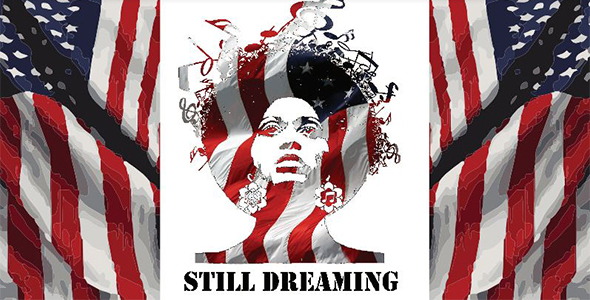Teacher(s) Name: Mr. Gunter, , , and
School: Academy at Virginia Randolph
Grade Level(s): Grade 10
Content Area(s): Creative Communication
Lesson Summary
Graphic Communications students participate in a multimedia project based on the impact of music on Black history as a part of our celebration of Black History Month (BHM). Students respond to music, therefore, the lure of the lesson begins with students listing their top three favorite songs. They provide a sample of one of their favorite songs and begin their research on 20th Century Black musicians. As they listen to the songs of 20th Century musicians, they discover the artistry in vintage music and how it compares (relates or connects) to their contemporary artists. Graphic communications elements of the lesson provide students with opportunities to create and design products that promote Black History Month. These products include a trifold brochure, a web page of their research, a QR code, a screen print for t-shirts, posters/portraits of recording artists. The lesson is filled with excitement and creativity.
TIPC Ratings
Research & Information Fluency
Rating:Approaching – Explanation: Students research their top three songs (along with the recording artists) and provide a sample of one of the songs. One of the main web resources for this project is http://whosampled.com. Although this resource is one of the most comprehensive for sampling music, students are instructed to find similar resources and compare the scope of other sites to whosampled.com. Most students discover that whosampled.com provides more opportunities for deeper learning and research of different genres such as rap, hip-hop, rock, pop, soul, jazz, reggae, funk, r&b, country, classical, electronic, etc. Students analyze, and organize their data in preparation for their contribution to the website for this project and the brochure they will create.
Communication & Collaboration
Rating: Approaching – Explanation: Working in small groups, students discuss their research information and the software they will use to create an informational brochure for publication. Next, students reflect on the content of their brochures and make necessary tweaks to their printed information. They upload this content to their individual page on our collaborative website for this project. They analyze photographs of recording artists and upload selected pictures, text, and video to the web site. In small groups, students review and critique webpage submissions of their peers. Students reach out to the staff (via a survey) for input regarding a slogan or theme for the unique Black History Month image that will represent this project.
Critical Thinking & Problem Solving
Rating: Approaching – Explanation: Students use their knowledge and skills to create an art piece, in Photoshop, of their recording artists. They must make decisions regarding which Photoshop tools to use, settings, color, shading, cropping, layering, and much more to make their art piece unique. Student peers critique each other’s work looking for proper settings and execution. Next, they create a poster from the art piece and display these posters in strategic locations in the cafeteria and the corridors during Black History Month.
Creativity & Innovation
Rating: Ideal – Explanation: Students have free choice in choosing an image to manipulate for their unique art pieces. They rely on their previous Photoshop knowledge and skills to create original artwork. There are no restrictions regarding the use of their design and how they manipulate photographs to create a unique piece. Before photographs are posted on the website or mounted for posters, students critique each other’s work reflecting on the creative use of Photoshop tools and techniques used to produce the final product. Students create a unique image that to represent the project during BHM. This image is transformed into a screen print which students print to print t-shirts for their classmates and for the entire staff. The staff wears these t-shirt throughout BHM and on Fridays, during the remaining months of the school year. In the final phase of this project, students post their art piece on their webpage and display their art piece posters in strategic locations in the cafeteria and the school corridors. Students have numerous opportunities to reflect on the display of their posters and their brochures. They switch the posters around the school to re-energize the enthusiasm for this project. They also encourage classmates and staff to wear their t-shirts anytime and anywhere.



